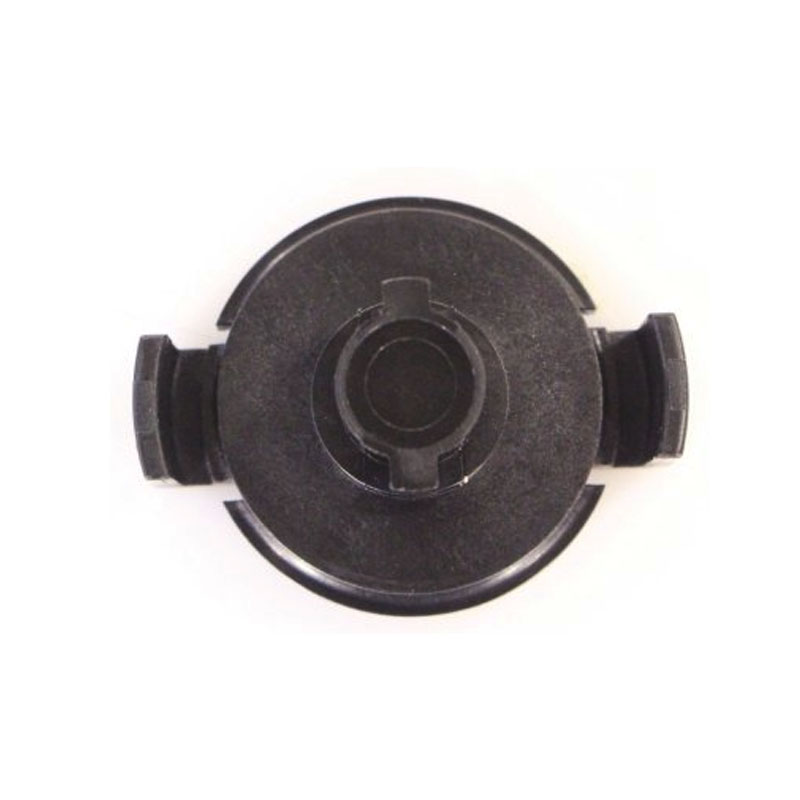Exploring the Importance of Front Differential Seals in Automotive Performance and Maintenance
Understanding Front Diff Seal Importance, Function, and Maintenance
In the realm of automotive engineering, seals play a crucial role in ensuring the longevity and effective performance of vehicle components. One of these vital components is the front differential seal, often referred to as the “front diff seal.” This small but significant part is integral to the functioning of a vehicle's drivetrain, and understanding its importance, function, and maintenance can help vehicle owners avoid costly repairs and ensure optimal vehicle performance.
What is a Front Differential Seal?
The front differential seal is designed to prevent the leakage of lubricant from the front differential, a critical component that allows for the proper functioning of the vehicle's front wheels during turning and driving. The front differential works in conjunction with the powertrain to distribute engine power to the front wheels. This is particularly important in all-wheel drive and four-wheel drive vehicles, where the dynamics of power distribution can significantly affect handling and traction.
The seal is typically made from durable materials such as rubber or silicone, engineered to withstand the harsh conditions of the automotive environment, including exposure to heat, road grime, and various automotive fluids.
Importance of the Front Diff Seal
The primary function of the front diff seal is to retain the differential fluid, which lubricates the gears within the differential housing. This lubrication is essential for reducing friction, dissipating heat, and preventing wear on the moving parts. If the seal fails and fluid leaks out, it can lead to insufficient lubrication, resulting in accelerated wear and, ultimately, a catastrophic failure of the differential.
Furthermore, a compromised front differential seal can allow contaminants such as dirt and water to enter the differential housing. These contaminants can cause significant damage to the gears and bearings, potentially leading to expensive repairs or even a complete differential replacement.
Signs of a Failing Front Diff Seal
front diff seal

Vehicle owners should be vigilant and pay attention to potential signs of a failing front differential seal. Some common symptoms include
1. Fluid Leaks The most immediate sign is the presence of differential fluid pooling beneath the vehicle, particularly near the front axle area. 2. Unusual Noises If the differential seal is failing, it can lead to unusual sounds, such as grinding or whirring noises emanating from the differential when the vehicle is in motion.
3. Increased Vibration A damaged or worn differential can cause increased vibrations throughout the vehicle, particularly during acceleration or cornering.
Maintenance and Replacement
Maintaining the front diff seal is essential for the overall health of the vehicle's drivetrain. Regular inspections during routine maintenance can help identify potential problems before they lead to significant issues. Checking differential fluid levels and ensuring there are no leaks should be part of a comprehensive vehicle maintenance routine.
If a front differential seal is found to be damaged or leaking, it is crucial to replace it promptly. The replacement process generally involves draining the differential fluid, removing the old seal, and installing a new one before refilling with fresh fluid. While this may be a straightforward task for seasoned mechanics, some vehicle owners may choose to consult a professional to ensure the job is done correctly.
Conclusion
The front differential seal may be a small component, but its importance in the overall functioning of a vehicle cannot be overstated. By protecting the differential from leaks and preventing contamination, the front diff seal contributes significantly to the vehicle's longevity and performance. Regular maintenance and timely replacements can help vehicle owners avoid costly repairs, ensuring a smooth and reliable driving experience.
-
Understanding Automotive Oil Seals: Essential Components for Engine and Shaft Protection
News Jul.30,2025
-
The Importance of Heavy Duty Seals in Industrial and Residential Applications
News Jul.30,2025
-
Exploring Industrial Oil Seals: From Felt Oil Seals to TTO and CFW Solutions
News Jul.30,2025
-
Essential Guide to Oil Seals: From Radial to Metal-Cased Seals for Industrial Reliability
News Jul.30,2025
-
Choosing the Right Oil Seals and Gaskets for Industrial and Automotive Applications
News Jul.30,2025
-
Cassette Seals: Durable Sealing Solutions for Harsh Environments
News Jul.30,2025
-
Understanding the Front Main Engine Seal: Purpose, Maintenance, and Installation
News Jul.29,2025
Products categories















